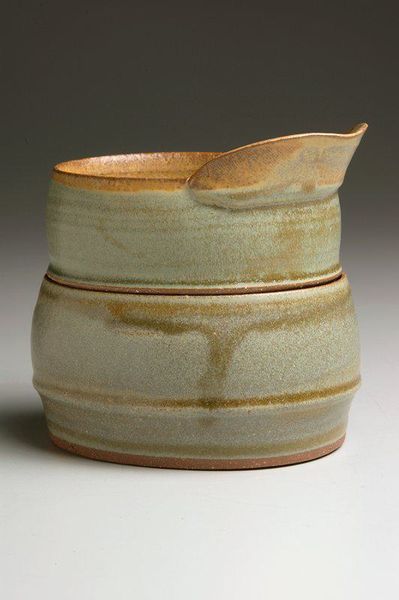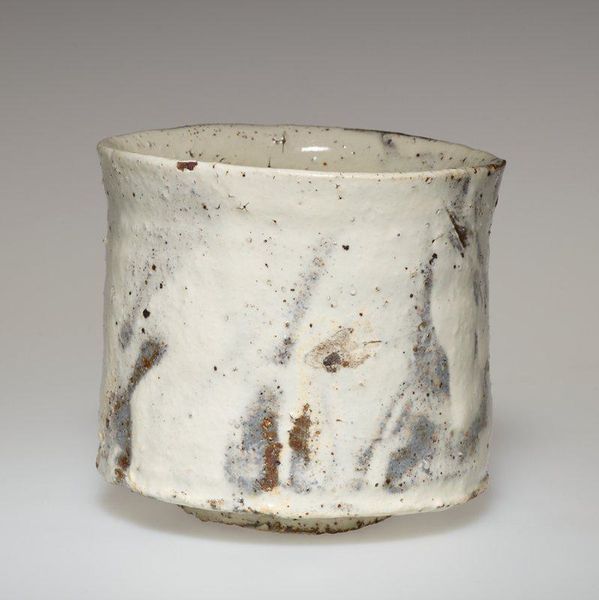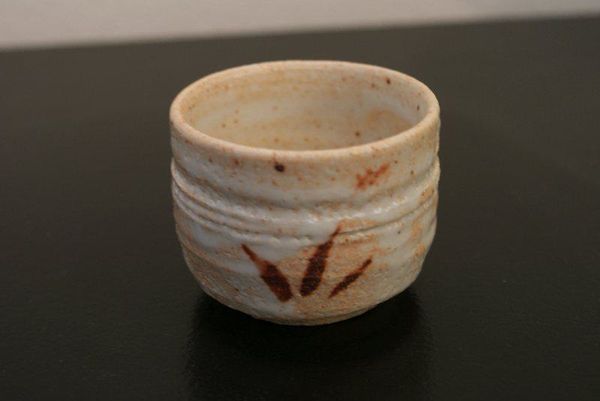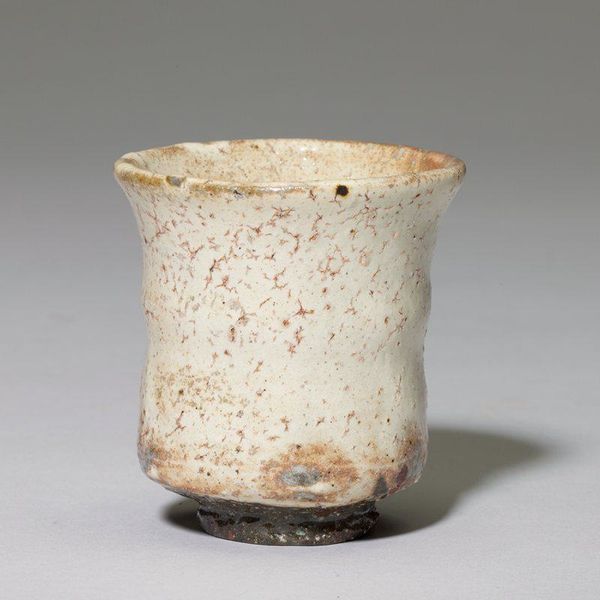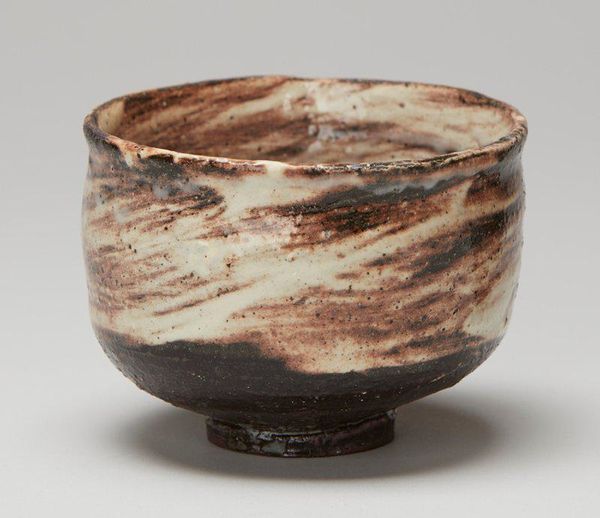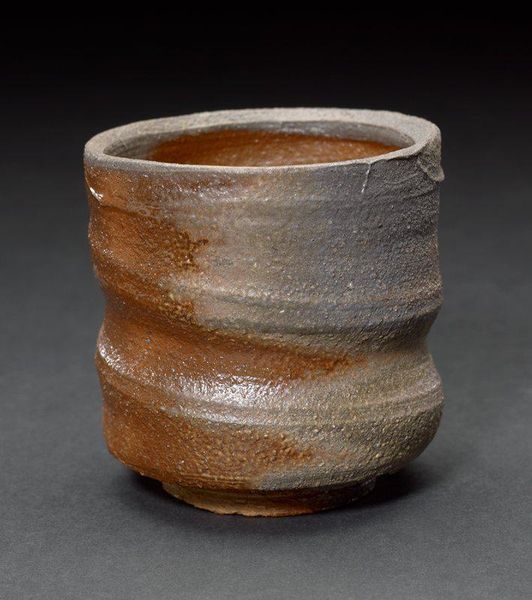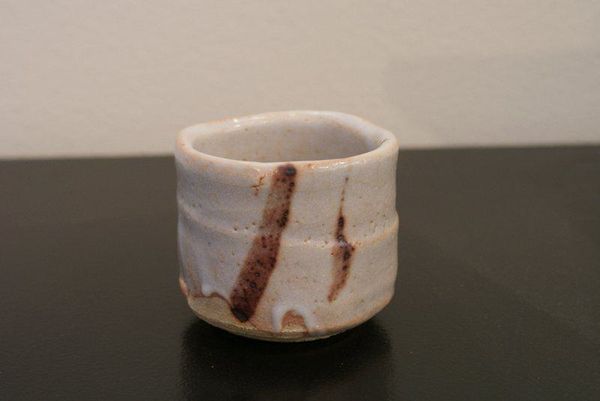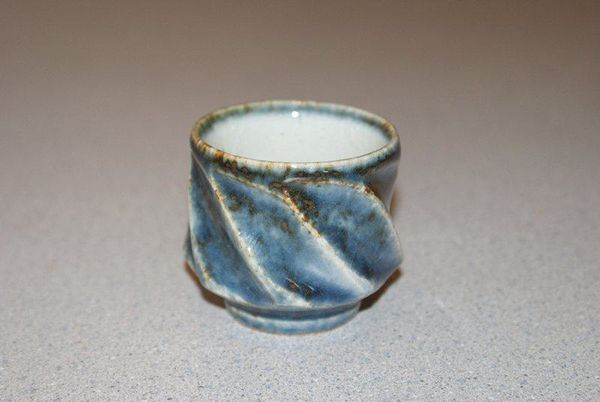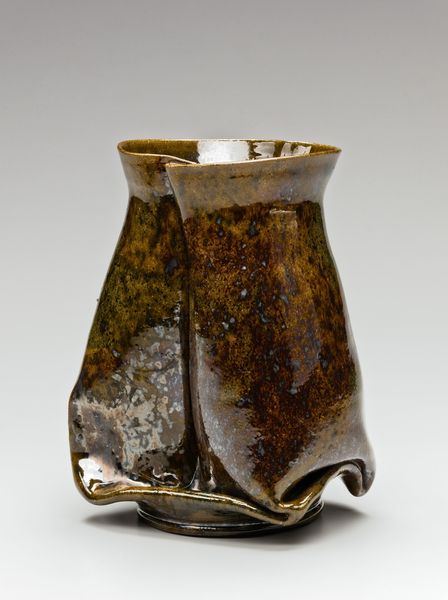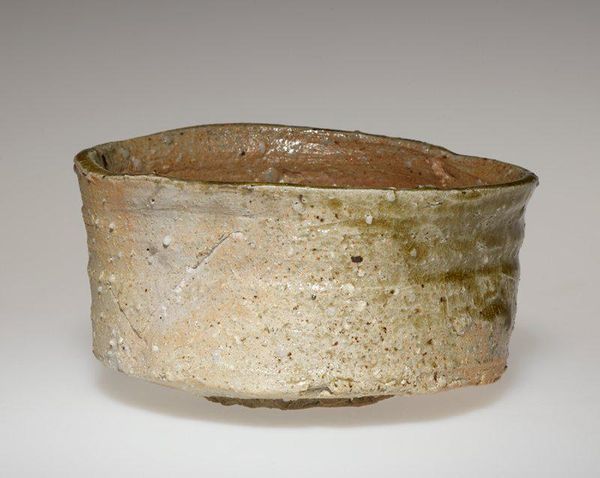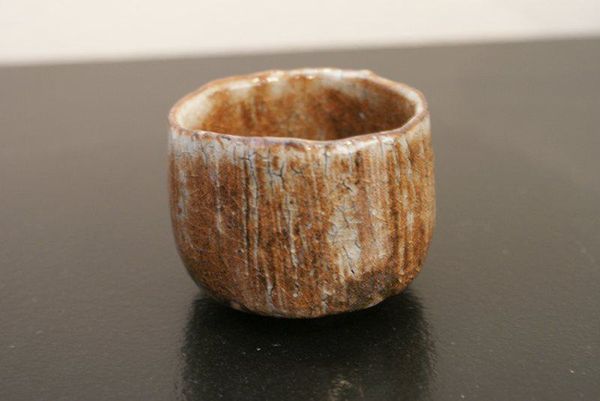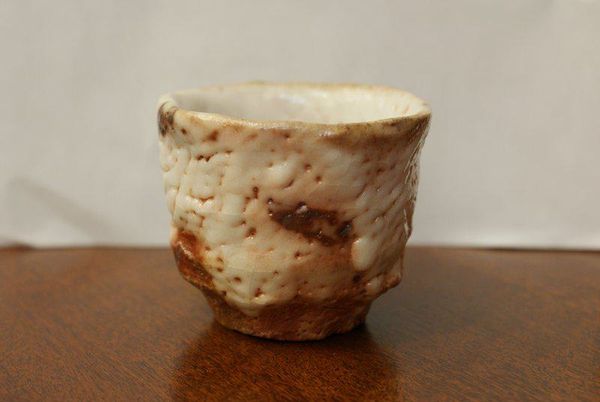
ceramic, earthenware
#
ceramic
#
japan
#
earthenware
#
stoneware
#
ceramic
Dimensions: 3 3/4 × 5 1/2 in. (9.53 × 13.97 cm)
Copyright: No Known Copyright
Curator: This earthenware teabowl by Kim Hono, circa 2010, presents a fascinating dialogue between tradition and modern ceramic practices. The work resides here at the Minneapolis Institute of Art. Editor: It’s certainly not your typical, pristine teacup. It looks almost like a relic, unearthed from the earth itself. There's an intentional roughness to the texture, the way the white glaze melts down the sides... very raw. Curator: Exactly! This “rawness” gestures to a fascinating interplay between Japanese ceramic traditions and contemporary art. The form clearly references the centuries-old tradition of Japanese tea ceremonies, while its deconstructed form and the gestural use of the white glaze challenge the conventions associated with this craft. How might it fit into ideas about modern art or the commodification of craft traditions, particularly through the art market? Editor: I think we should think about what this piece is literally *made* of—clay, glaze, the potter’s labor. The slightly irregular rim shows us the touch of the maker, evidence of a direct, almost primal engagement with the material. It also pushes against notions of a perfect, mass-produced object, reminding us that something beautiful can arise from a very manual process. We are looking at a materialist manifestation that offers a commentary on production and labor, whether viewed or used in its function. Curator: That reminds me how the tea ceremony is loaded with symbolic meaning related to harmony, respect, purity, and tranquility. Hono’s bowl may invite a quieter contemplation on how objects shape ritual. The use of contrasting earth tones and bright white evokes those ideas in such a singular, intimate vessel. The artist’s work seems very informed by the historical trajectory of ceramics in both Japan and beyond. Editor: Absolutely. I see this work as both a utilitarian object and a tactile experience. It makes me think about how craft exists in the contemporary world, beyond pure function or aesthetic value. The maker clearly has a profound understanding of material capabilities but wants to move beyond technique alone. The history is visible in its making. Curator: For me, seeing it here displayed among decorative art in a major institution allows a glimpse into how historical forces continue to shape modern interpretations, and create dialogues. Editor: I agree, there's something almost defiant about placing this handmade, perfectly imperfect object inside the sterile, capital-driven walls of the museum! A good place for further dialogue.
Comments
No comments
Be the first to comment and join the conversation on the ultimate creative platform.
